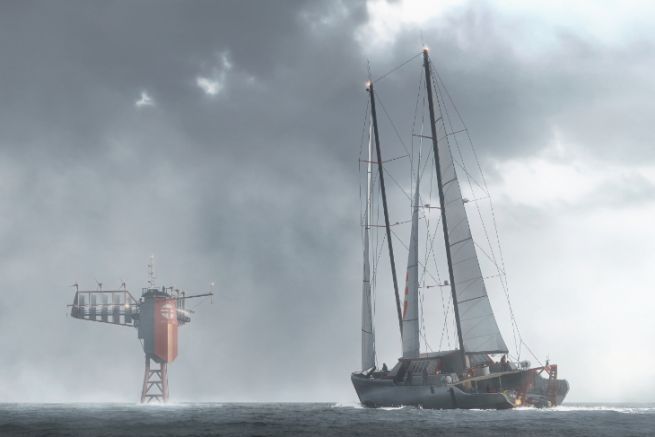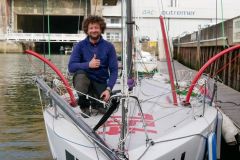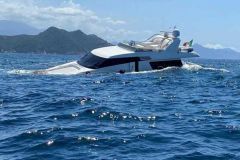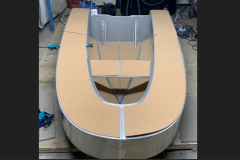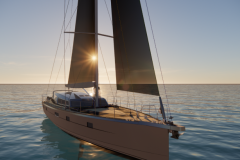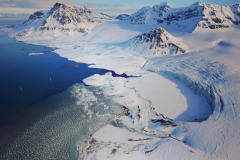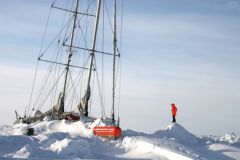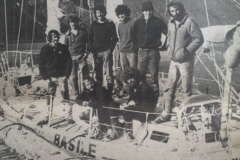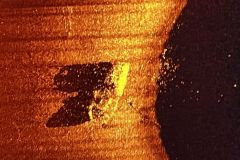Jean-Louis Étienne is an adventurer at heart. After years of expeditions to the polar regions aboard the antarctica ship ( renamed Tara ), he is once again getting ready to go on a mission to these remote regions. His next expedition, called Polar Pod, will start in 2023 with the objective of getting to know the polar regions and explaining the role they have on the balance of the earth's climate.
Study the polar regions on board an autonomous vertical ship without motorization
This new mission will be carried out from the Polar Pod this vertical ship will be driven by the circumpolar current and the westerly winds for two world tours around Antarctica over a total of three years. This vertical ship euros without motorization euros will be driven by the circumpolar current and the west winds for two world tours in orbit around Antarctica over a total duration of 3 years. euros on board, a crew of 8 people - 1 cook, 3 sailors and 4 scientific engineers euros will take turns at sea every two months.
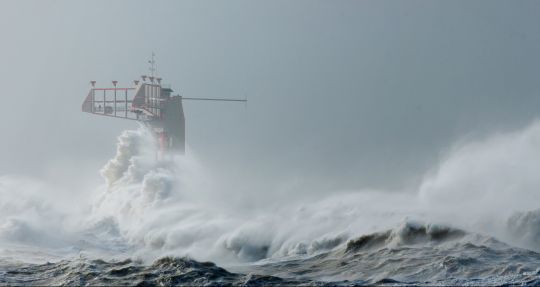
A supply sailboat for Polard Pod
Perseverance", a 42.64 m long, 11 m wide schooner with a 4.15 m draught, will take over. Made of aluminum to withstand difficult sea conditions, she is the result of collaboration between the architectural firm VPLP and Olivier Petit.
"Perseverance is a supply sailboat that will allow us to relieve the Polar Pod crews and take equipment and supplies there regularly. The idea is to be able to carry out these maneuvers in complete safety, whatever the state of the sea and in difficult conditions." begins Simon Watin, president of the naval architecture firm VPLP Design, himself a naval architect.
If the first Euro work carried out by another Euro design firm is about the conception of a motor boat, this concept is not relevant in view of the expected sailing conditions, the material to be transported and the number of crew members to be carried. Even less so if one considers the nature of the mission: to study the impact of man on the environment.
"It didn't make sense. The sailboat imposed itself naturally. It is quite stable, generates little fossil fuel consumption and allows us to go far into remote areas. Once the concept was validated and the specifications established, we worked a lot on how the transfers of equipment and men would be able to be done in the polar zones: with a boom, a crane... By what means of lifting..." continues Simon Watin.
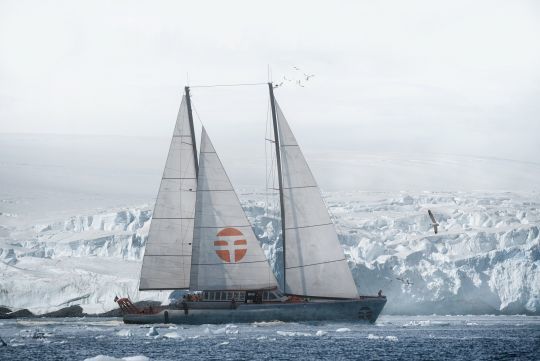
Two bridges, one for landings, the other for maneuvers
Thus was born a working sailboat with a ramp on the back that allows the launching and recovery of RIBs or jet-skis equipped with rear platforms, and directly inspired by the launching ramps that can be found on police launches. The dinghies will be brought to the vertical of a wing of the Polar Pod and winched to disembark food, equipment and crew.
"The ribs can dock or launch quickly and easily. Just stand a few feet behind the platform and accelerate to come climb the ramp." explains Simon Watin.
The rear platform will therefore include an inclined plane for launching ribs and storage for two boats, access to the storage bay and a winch. Above, there will be a second rear deck, this time dedicated to maneuvers.
"As in a sailboat cockpit, all the maneuvers with the winches and the mainsail and genoa halyards are reported there. It is a jib schooner with a single mizzen mainsail and a jib on the aft mast and a staysail on the foremast, boomed to facilitate trimming and maneuvering. All the maneuvers come back aft of the wheelhouse, around the mizzen mast and all the headsails are on furler. Despite its size, Perseverance is designed for a small crew. She is not extremely canvasy. There is no need for sails, as there is a lot of wind in these regions. We were inspired by the Friday the 13th with one mast less. We needed a boat that could perform well, especially downwind, with a fairly small crew
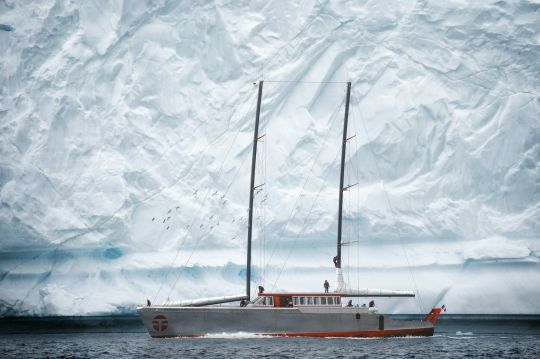
To welcome passengers on a cruise between missions
Beyond the Polar Pod mission, Perseverance will be able to welcome passengers on board for Arctic cruises outside of the refueling periods. Thus, apart from the crew cabins, there are 6 double cabins on board, enough to accommodate about twenty people, large storage spaces for equipment, a large office or work space for the crew or passengers, whether they are on a scientific mission or wish to make a television production or simply to meet.
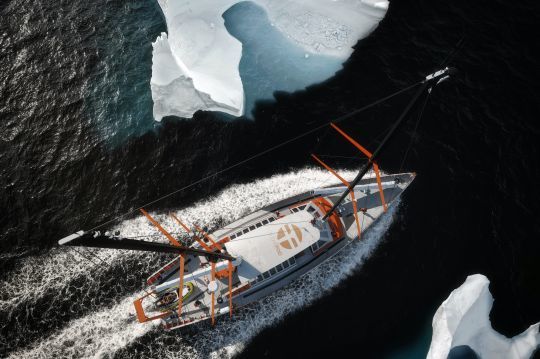
600 hp under the hood!
For safety, Perseverance will be equipped with a 600 hp Baudoin marine engine and a 100 hp bow thruster.
"It's a heavy boat with a gross tonnage of less than 500 UMS euros and it must be able to easily reach 10 knots under engine for safety reasons and to keep up with bunkering times. There are two full decks, which makes the structure heavier. It is a bit like a 1.5 version of Tara (Editor's note: Jean-Louis Étienne's former expedition boat) . It is also quite high above the water because of the double height of the deck, necessary to integrate the number of cabins desired. Generators will complement the engine", concludes Simon Watin.
Perseverance will be built at the Piriou shipyard in Concarneau in April 2022 for a launch scheduled for March 2023 followed by trials.
